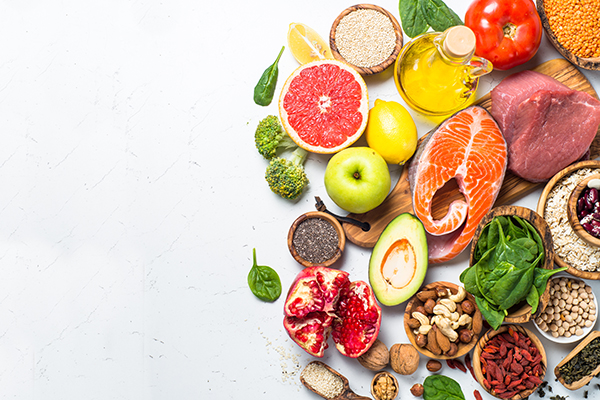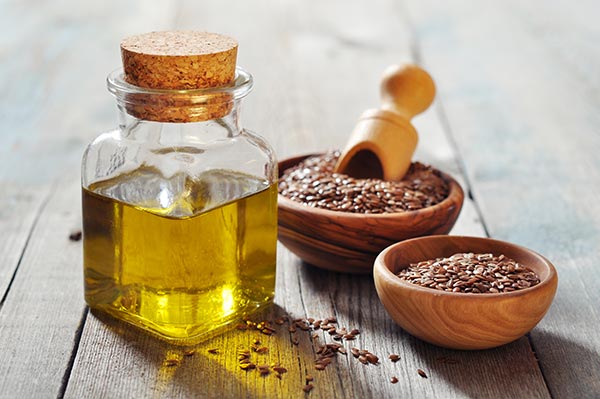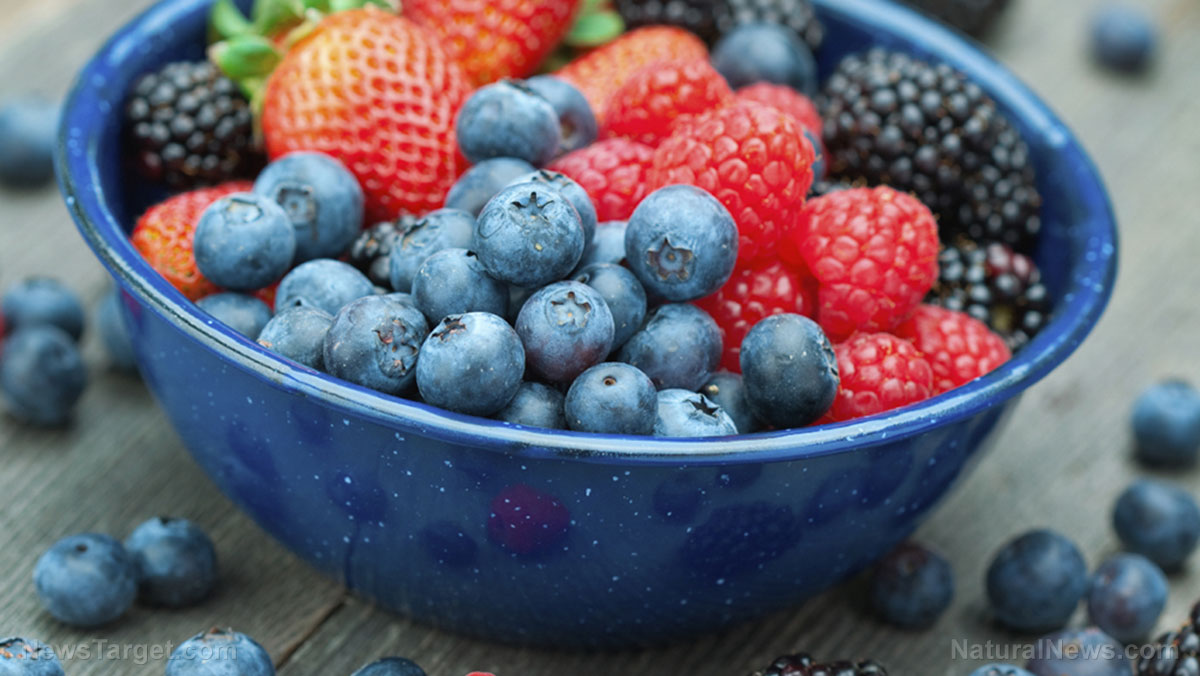Oranges: A nutrient-packed superfood with timeless benefits
05/15/2025 / By Laura Harris

- Oranges originated in Southern Asia around 2,500 BCE, spreading via trade routes to the Mediterranean, Americas and other parts of the world. Top producers today include Brazil, the U.S. and China.
- Oranges are rich in vitamin C, fiber, potassium, folate and antioxidants like flavonoids, which support immunity and heart health and help prevent cancer.
- Eating oranges can help boost immunity and skin health, supports heart health, aids digestion and may even reduce cancer risk.
- Conventionally grown oranges often contain harmful pesticides). Choosing organic oranges is recommended, especially if using the peel.
- Oranges can be consumed fresh, in juice form or in marmalades, salads, glazed meats, desserts and other beverages.
Oranges (Citrus x sinensis) are one of the most beloved and widely consumed fruits in the world. Believed to have originated in Southeast Asia, specifically China and India, oranges have been cultivated by humans for thousands of years. Historical records suggest that they were first domesticated in China around 2,500 BCE before spreading to the Middle East, Africa and Europe via trade routes.
Sweet orange, the variety most commonly eaten today, was introduced to the Mediterranean region by Portuguese traders in the 15th century. By the 16th century, Spanish explorers had brought oranges to the Americas, where they flourished in warm climates like Florida and California.
Today, Brazil, the U.S. and China are among the top producers of oranges globally.
Nutrient profile and health benefits
Oranges are renowned for their high vitamin C content, but their nutritional profile extends far beyond that. A medium-sized orange (about 131 grams, g) can provide:
- 89 percent of the daily value (DV) for vitamin C
- 12 percent of the DV for dietary fiber
- 10 percent of the DV for folate
- Seven percent of the DV for potassium
- Six percent of the DV for thiamin
- Five percent of the DV for calcium
- Powerful antioxidants like flavonoids, carotenoids and polyphenols
- Small amounts of magnesium, phosphorus and vitamin A
Thanks to their impressive nutrient profile, oranges have been reported to provide the following health benefits:
Immune support
The high vitamin C content of oranges can strengthen the immune system, thus helping the body fight infections and reduce inflammation.
Cardiovascular support
Potassium helps regulate blood pressure, while flavonoids like hesperidin improve blood vessel function and reduce LDL cholesterol.
Digestive support
The fiber in oranges promotes healthy digestion, prevents constipation and supports gut microbial balance. (Related: Oranges are waste-free: Every part has unique health benefits.)
Skin support
Vitamin C is important for collagen production, which helps keep the skin firm and youthful. Meanwhile, antioxidants protect the skin from UV damage.
Cancer prevention
Compounds like limonoids and flavonoids have been studied for their potential to inhibit cancer growth, particularly breast, lung and colon cancers.
Why choose organic oranges
While oranges are highly nutritious, conventional farming methods often rely heavily on pesticides.
According to a study by the Environmental Working Group (EWG), 83 percent of tested oranges contain pesticide traces. Independent tests commissioned by EWG revealed that nearly 90 percent of citrus samples (including oranges, mandarins, grapefruit and lemons) contained imazalil or thiabendazole, both endocrine-disrupting fungicides. Over half had both chemicals present, with imazalil levels averaging 20 times higher than EWG’s recommended safety threshold.
Other concerning chemicals detected in conventional oranges include chlorpyrifos (an insecticide banned in some countries for neurological risks) and, less commonly, heavy metals. To reduce exposure to these toxins, choose certified organic oranges, especially if you’re consuming the peel.
Culinary uses
Oranges are an incredibly versatile ingredient for cooking, capable of adding sweetness, acidity and vibrant flavor to both sweet and savory dishes. Here are some popular ways to use them:
Fresh consumption
- Whole fruit – eaten as a snack or added to fruit salads
- Juice – freshly squeezed orange juice is a breakfast staple
Desserts and baked goods
- Orange cake – e.g., Sicilian orange almond cake
- Marmalade – a bitter-sweet preserve made from orange peel and juice
- Sorbet and ice cream – refreshing citrus-based treats
Savory dishes
- Orange-glazed salmon or duck – a sweet and tangy pairing
- Citrus salads – prepared with arugula, fennel and nuts
- Marinades and dressings – orange juice enhances flavor when added to sauces
Beverages
- Orange smoothies – blended with yogurt, banana and greens
- Herbal teas – dried orange peel adds aroma and warmth to teas
- Cocktails – enjoy in mimosas, margaritas and sangrias
This story is not medical advice and is not intended to treat or cure any disease. Always consult with a qualified naturopathic physician for personalized advice about your specific health situation or concern.
Learn more about the health benefits of superfoods and other natural ingredients at NaturalNews.com, your trusted source for wellness insights and nutritional knowledge.
For a cutting-edge tool to expand your understanding of natural health, try Brighteon.ai, an innovative AI model created by Mike Adams, the Health Ranger. This free, downloadable tool is designed to decentralize knowledge, bypass censorship, and empower individuals with actionable information.
If you’re passionate about nutrition, natural medicine, and uncensored discussions, visit Brighteon.com, a free speech video platform, and join our vibrant communities on Brighteon.IO and Brighteon.social. Dive into open conversations about food, ingredients and holistic health today!
Watch this video to learn why you should eat more organic oranges.
This video is from the Natural News channel on Brighteon.com.
More related stories:
Eating oranges can prevent you from going blind.
Eat more trifoliate oranges to keep your prostate healthy.
Natural compounds in oranges may reduce risk of stroke in women.
Sources include:
Submit a correction >>
Tagged Under:
antioxidants, food cures, food is medicine, food science, Fresh, fruits, functional food, grocery, grocery cures, health science, ingredients, natural health, nutrients, nutrition, Oranges, organics, phytonutrients
This article may contain statements that reflect the opinion of the author
RECENT NEWS & ARTICLES
COPYRIGHT © 2017 TOP 10 GROCERY SECRETS




















